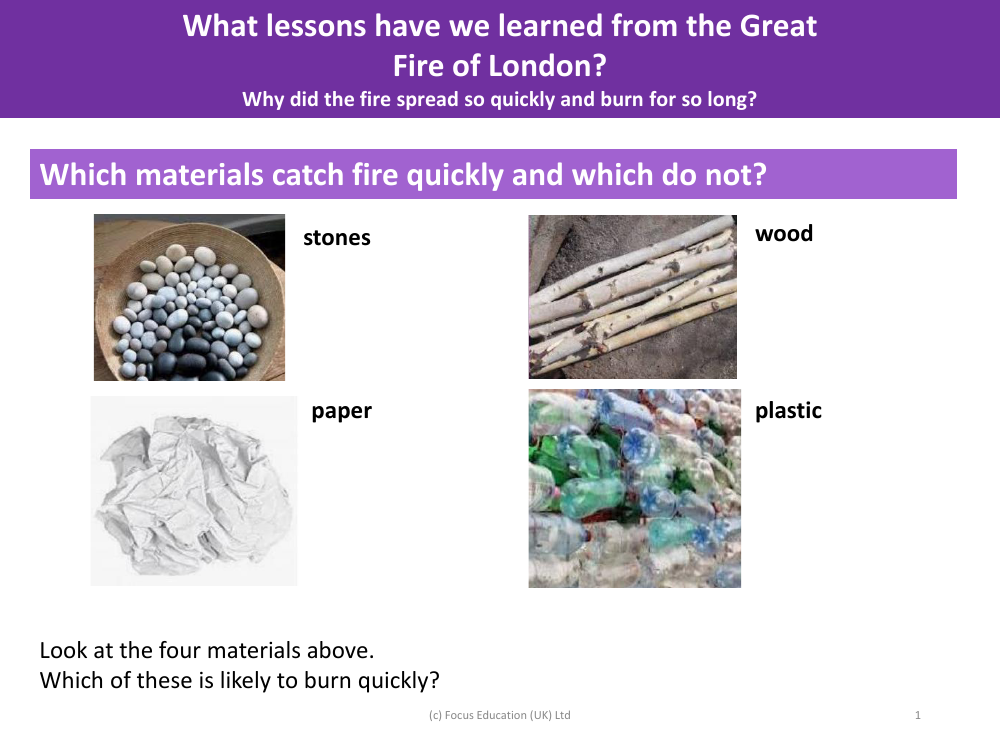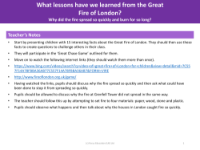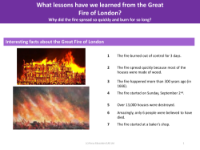The Great Fire of London: Which materials catch fire

Understanding which materials are flammable and how quickly they can ignite is crucial when studying historical events such as the Great Fire of London. The question posed to students is to consider four different materials: stones, paper, wood, and plastic, and to determine which among them is likely to catch fire rapidly. Stones, being non-combustible, are known to resist fire, while paper, wood, and plastic are all materials that can burn quite easily, with paper often igniting the quickest due to its thin and dry nature.
The Great Fire of London provides a stark lesson in fire safety and the dangers of flammable materials. By observing their teacher demonstrate the burning of these materials, students can gain a better understanding of fire behaviour. The experiment helps illustrate why the fire in 1666 spread with such ferocity and lasted for an extended period. Buildings in London at the time were predominantly made of wood and tightly packed together, which contributed to the rapid spread of the flames. From this historical event, we learn about the importance of fire-resistant materials in construction, urban planning that considers fire break spaces, and the need for effective fire-fighting methods and regulations.





